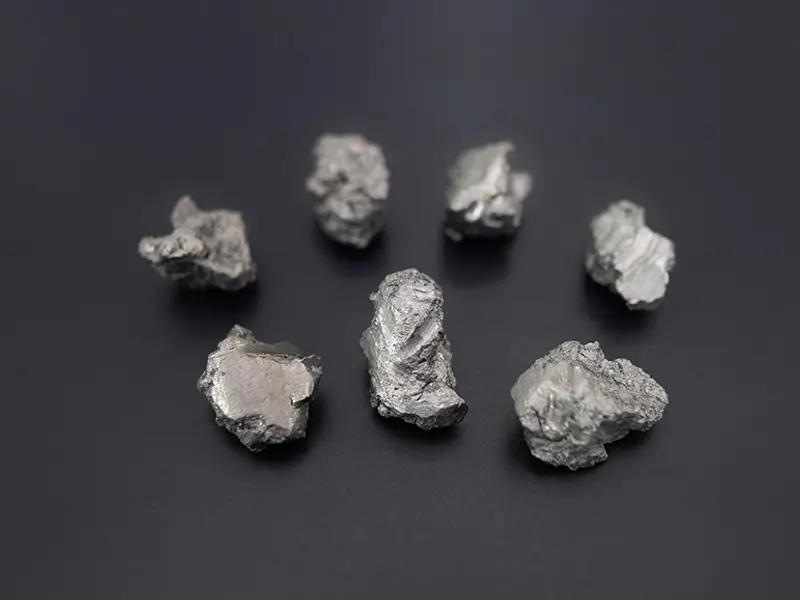1. The problem of weld cracks between titanium pipes and titanium alloy pipes When the titanium alloy is welded, the possibility of hot cracks in the welded joint is very small. This is because the content of impurities such as S, P, and C in titanium and titanium alloys is very small, and the low melting point eutectic formed by S and P has few grain boundaries. In addition, in addition to the narrow effective crystallization temperature range, the shrinkage of titanium and titanium alloys during solidification is small, and the weld metal will not produce thermal cracks.
When welding titanium and titanium alloys, when the weld seam contains high oxygen and nitrogen content, the performance of the weld or heat-affected zone becomes brittle, and cold cracks will appear under the action of greater welding stress. Its characteristic is that cracks occur several hours or even longer after welding and are called delayed cracks. Studies have shown that the diffusion of hydrogen during welding is the main cause of such cracks. During the welding process, hydrogen diffuses from the high-temperature deep pool to the lower-temperature heat-affected zone. The increase in hydrogen content increases the amount of TiH2 precipitated in this zone, which increases the brittleness of the heat-affected zone. In addition, the volume expansion during the precipitation of hydrides causes greater structural stress. , Coupled with the diffusion and accumulation of hydrogen atoms to the high-stress parts of the region, resulting in the formation of cracks. The method to prevent this delayed cracking is mainly to reduce the source of hydrogen in the welded joint.
2. Porosity in the weld between titanium pipe and titanium alloy pipe
Porosity is a major problem often encountered when welding titanium pipes. The root cause of the formation of pores is the result of the influence of hydrogen. The main technological measures to prevent pores are:
1) Welding is performed under the protection of high-purity argon, the purity of argon should not be less than 99.99%
2) Thoroughly remove organic matter such as oxide scale and oil on the surface of titanium tube, titanium plate and titanium plate tube eye. It can be cleaned by chemical and mechanical methods.
3) Apply good gas protection to the molten pool, and control the flow and flow rate of argon to prevent turbulence and affect the protection effect.
4) Choose appropriate welding process parameters and welding specifications, increase the residence time of the deep pool to facilitate the escape of bubbles, and effectively reduce pores.
www.crnmc.com 








